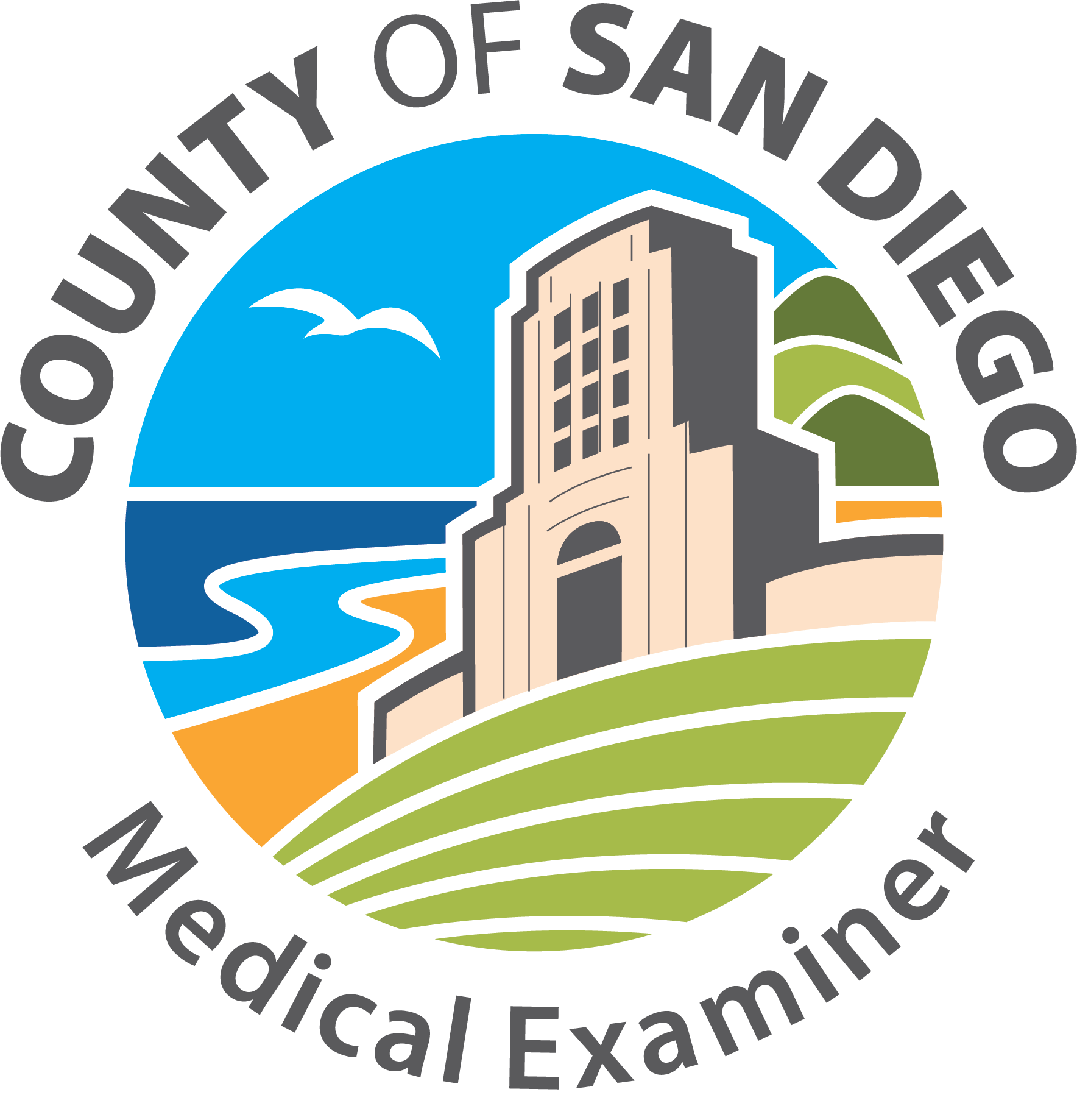Reportable Deaths

California Law requires that certain deaths be reported to our office. The specifics can be found in the Government Code and in the Health and Safety Code. However, in general, all deaths in which any injury - either physical or chemical - contributed to the death in any way are under our jurisdiction and must be reported. This includes drug, medication, or alcohol intoxication. Specific deaths are discussed below and also on our Jurisdiction page.
Injuries: The mere presence of an injury at the time of death does not make the case reportable - only if it contributed somehow to the death.
A long time interval between the injury and the death does not disqualify the injury, if it contributed in some way to the death. A good measure is the "but for" test. If but for the injury, would the death have occurred when it did? Alternatively, one may ask "did the individual ever return to baseline after the injury?" If the answer is no, then the case is reportable.
The 20 day rule: All deaths that occur more than 20 days after having been seen by a physician must be reported to our office. Phone consultation is not considered attendance. Although these deaths must be reported to our office, we frequently waive jurisdiction assuming 1) the circumstances surrounding the death involve no injuries, 2) there is well-documented natural disease explaining the death, and 3) the death is not suspicious.
There is no 24 hour rule in California, although this law exists in other states. There is often confusion on this point. Some assume that if the death occurs within 24 hours of arrival to the hospital, the death must be reported to our office. This is not true. Only if the death meets any of the usual criteria should it be reported.
Sudden and unexpected deaths in which no diagnosis could be established should be reported.
Deaths not specified by California law
There are certain types of deaths, that, although not specifically mentioned in the law, are generally reported to our office.
Dead on arrival at a hospital or other treatment facility. These cases should be reported, investigated and evaluated to determine whether the cause of death is known, whether or not it is due to non-natural causes. (top)
When an individual dies in the emergency room before a diagnosis can be established, the case should be reported. (top)
Operating Room or Postoperative Deaths:
Where negligence or accident is suspected, reporting such cases will protect both the hospital and the physician and may help avoid precipitating a malpractice suit. Deaths that occur soon after an invasive procedure should be reported to this office. (top)
All deaths where a patient has not fully recovered from an anesthetic whether it occurs in the operating room, recovery room, or elsewhere are reportable to our office. (top)
This refers to any death that is due directly or indirectly to a diagnostic procedure, therapeutic procedure, or surgical procedure rather than to the disease itself. All such cases are reported to the Medical Examiner. (top)
All deaths in which the patient is comatose on arrival to the hospital and remains so throughout the hospital course should be investigated unless the cause of the coma has been definitely established as being due to a natural disease. (top)
All deaths of unidentified persons should be reported to the Medical Examiner regardless of the circumstances of their death. (top)
All cases of food poisoning should be reported to our office. (top)
These deaths are also generally due to natural causes but because of the hemorrhage, they are often referred to the Medical Examiner. (top)
Deaths that occur during childbirth:
Although California Code does not mandate that we are to investigate these deaths, it is customary practice for our office to investigate them. (top)
Fetal deaths that result from a miscarriage or a legal abortion are not Medical Examiner cases even if the cause of death is not known. Fetal deaths which result from illegal abortions, unattended deaths, injuries to the fetus, injuries to the mother leading to premature birth or deaths under such circumstances as to afford a reasonable ground to suspect that the death was caused by the criminal act of another are Medical Examiner cases and must be reported. (top)
Subdural and subarachnoid hemorrhages:
These types of cases always need a “due to.” Subdural hemorrhages are generally considered traumatic in origin until proven otherwise. Subarachnoid hemorrhages can be due to trauma or natural causes. Even though ruptured berry aneurysms are a common cause of acute subarachnoid, they are often associated with methamphetamine or cocaine use. Therefore, if this is known or suspected, the death should be reported to our office. (top)
Since a fracture is an injury, these cases must be reported to our office if the fracture is felt to be related to the death. A good test to evaluate whether the fracture was related to the death is the "but for" test. Would the death have occurred "but for" the injury? Or alternatively, did the individual ever return to baseline after the injury. If the answer to either of these questions is No, the case is our jurisdiction. (top)
Deaths without an etiologic specific underlying cause:
Death certificates in which mechanisms of death (sepsis, shock, cardiac arrest, multiorgan failure, etc) are listed as the underlying cause are often reported to our office by Vital Records. Listing a mechanism of death rather than an etiologically specific underlying cause will generate follow up from the Vital Records office or involvement by our office. These cases – depending on other factors including age, contributing conditions, etc. – usually require getting additional information to rule out traumatic or toxicologic underlying causes. (top)





